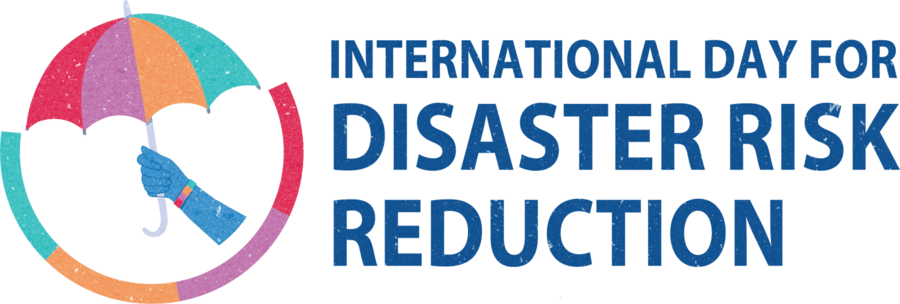
International Day for Disaster Risk Reduction 2024: Empowering the next generation for a resilient future
#DRRDay #SafeChildrenSafeSchools

This years theme will be on the role of education in protecting and empowering youth for a disaster-free future.
The International Day for Disaster Risk Reduction 2024 calls on countries to harness the education sector to reduce the disaster risks of school-aged children, especially by investing in key areas:

The Comprehensive School Safety Framework (CSSF) 2022- 2030 supports the education sector policy-makers, planners, school administrators, and their partners to promote child rights, sustainability, and resilience in the education sector.
The goals of comprehensive school safety are to take a participatory risk-informed approach to:
Disaster resilience education (DRE) provides children and young people with the knowledge of hazards and their possible impacts on their daily lives, families and communities. It also helps build the skills to act safely if an emergency or disaster arises and to recover after the event.
To contribute to skilled and resilient communities, children and young people need to understand natural hazards risk in their local environment and their role in reducing exposure and vulnerability to harm. DRE equips young Australians with the skills and confidence to take protective actions before, during and after an emergency or disaster.
There are seven key principles for effective disaster resilience education for children and young people. Learn how to apply these principles in Disaster Resilience Education for Young People (AIDR 2021)

Educator resources
Explore resources across early learning, primary and secondary. Where applicable the age appropriateness and Australian Curriculum link are highlighted
Curriculum mapping
Disaster resilience education in the Australian Curriculum 9.0
Resilient Australia School Awards
Discover award winning disaster resilience education programs in schools.
Sign up to our Education for Young People Newsletter
Quick Guides
Upskill quickly in disaster resilience education for young people using these Quick Guides
Resilient Australia School Awards
Discover award winning disaster resilience education programs in schools
Educator resources
Explore resources across early learning, primary and secondary. Where applicable the age appropriateness and Australian Curriculum link are highlighted.
Join our education network
Disaster Resilient Australia-New Zealand School Education Network (DRANZSEN)
Our World Our Say
Messages from Young People to the Australian Government
Comprehensive School Safety Framework (2022-2023)
Strategic guidance to promote safe, equitable, and continuous access to a quality education for all.
Policy inspiration
United Nation's policy inspiration for policy makers
Disaster Resilience Education for Young People Handbook
This handbook outlines the principles, approaches and core elements of effective DRE for young people.